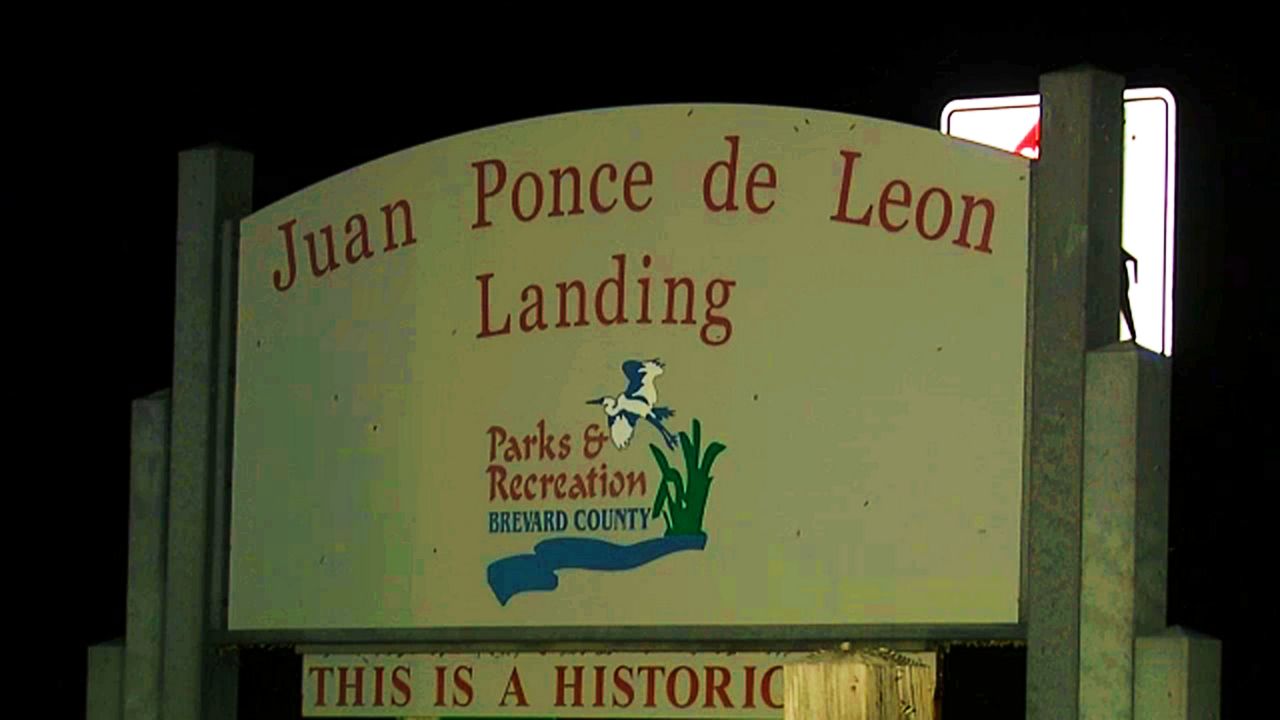Three beachgoers drowned in two separate incidents over the weekend in Brevard County.
What You Need To Know
- A man drowned in Cocoa Beach on Saturday and a woman drowned in Melbourne Beach on Sunday
- Multiple agencies, including the Coast Guard, searched for a man who was with the woman in Melbourne Beach
- The 26-year-old man's body was recovered near Spessard Holland Beach Park on Monday afternoon
- Weather FAQ: Why are rip currents dangerous?
Early Saturday evening in Cocoa Beach, a 45-year-old Indiana man drowned in the surf just south of Minutemen Causeway as he tried to help a person in his group who appeared to be struggling to swim.
Police and fire units pulled both the man and a woman from the water. The man was taken to Cape Canaveral Hospital, where he was pronounced dead. The woman is recovering. Their names were not released.
Detectives are still investigating that incident. Anyone who can provide more information is asked to call Cocoa Beach Police at 321-868-3251.
Then early Sunday evening in Melbourne Beach, a woman drowned in the surf near Juan Ponce de Leon Landing off State Road A1A, and a search involving multiple agencies spanned overnight for the man who was seen struggling in the water with her.
Brevard deputies said when they arrived at the scene, good Samaritans had pulled the 23-year-old woman, identified as Zandria Scott of Palm Bay, onto the beach and were trying to save her. She was taken to a nearby hospital but was pronounced dead a short time later.
Units from the Sheriff’s Office, Melbourne Beach Police, Indialantic Police, Brevard Fire Rescue, Brevard Ocean Rescue and the U.S. Coast Guard searched for the 26-year-old man seen with her. He was identified as Geronimo Deangelo Black, also of Palm Bay.
His body was recovered from the surf near Spessard Holland Beach Park in Melbourne Beach at about 1:40 p.m. Monday.
Anyone who has more information about that incident or has seen the missing man is urged to call Agent Don Reynolds of the Sheriff’s Office at 321-633-7162.
The rip-current threat at the east coast beaches was raised to "high" on Sunday.
Understanding rip currents
Rip currents happen when waves travel from deep to shallow water.
A rip forms when a narrow, fast moving section of water travels away from shore.
Speeds can approach 8 miles per hour, which is faster than an Olympic Swimmer can sprint.
To get out of one of these currents, let the rip take you away from shore for a bit and then calmly swim parallel to shore.
Rip currents are usually narrow and once you are out of it, you can easily get back to shore.
But the key is not to expend all your energy trying to get out of it by trying to swim directly back to shore, which will not work.



